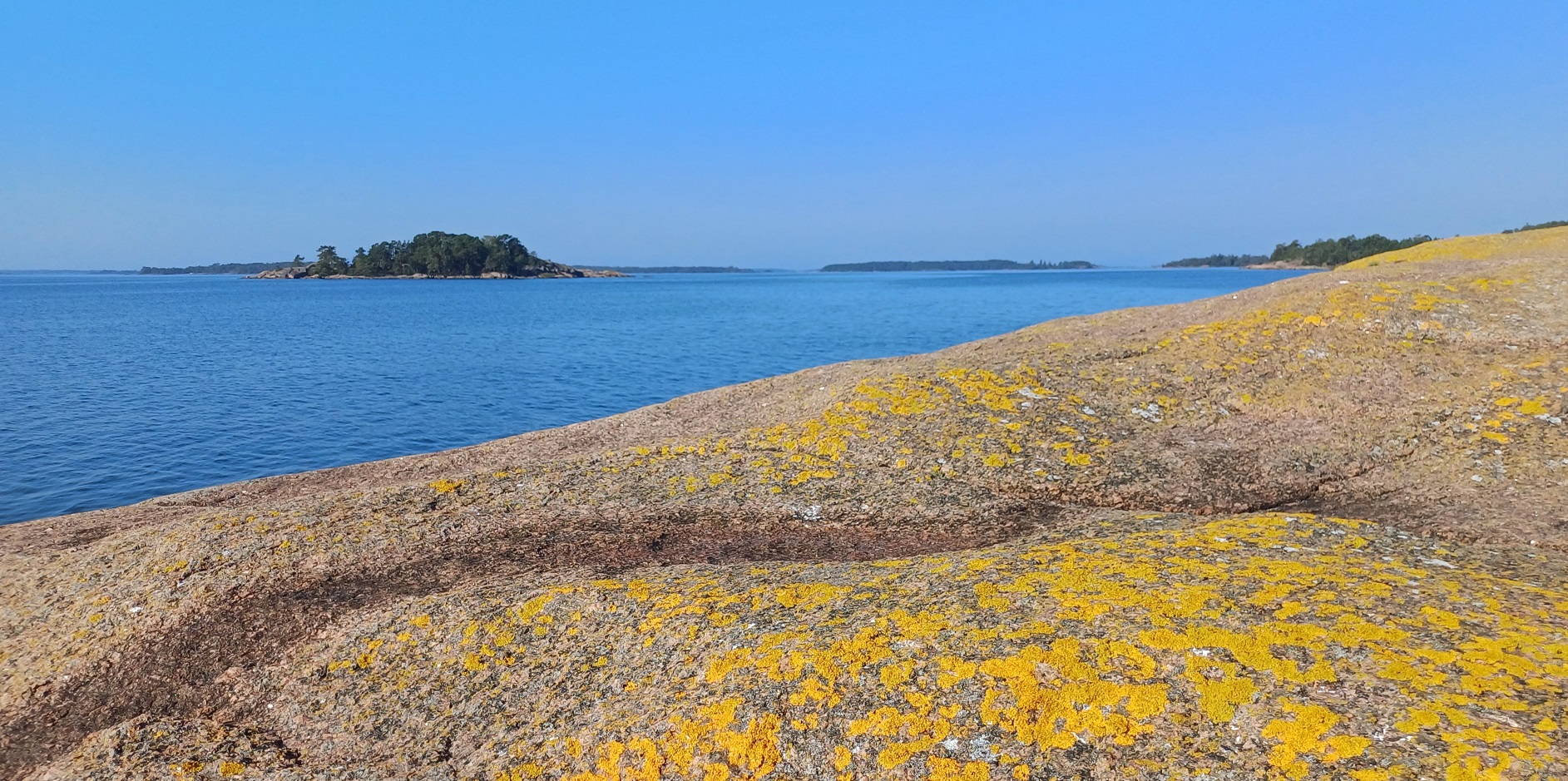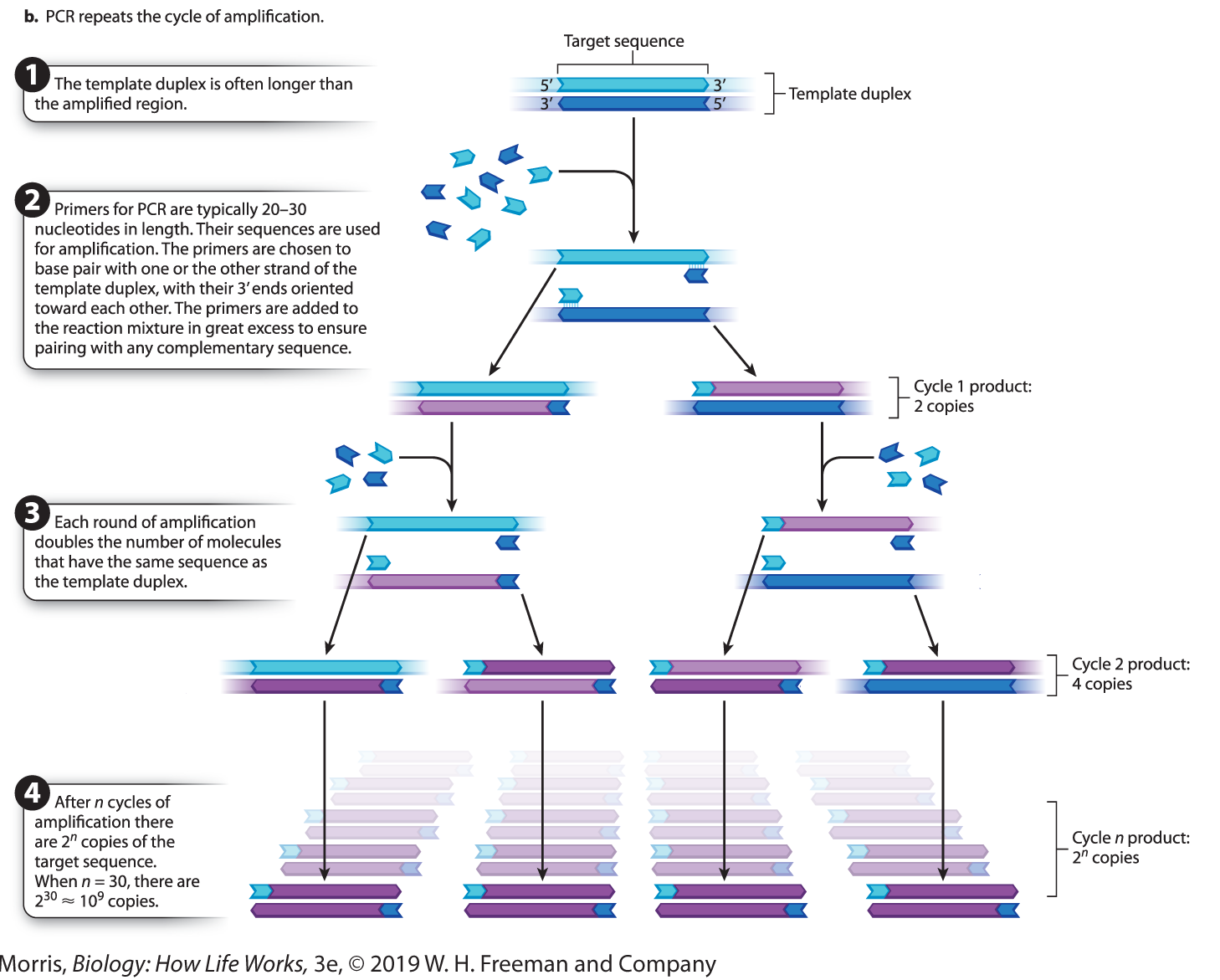- Teacher
Nyholm Lotta
University of Turku Moodle
Keresési eredmények
- Teacher
Mäkiranta Janne
- Teacher
Mäkiranta Janne
- Teacher
Kyöstiö Sari
- Teacher
Laukkanen Anu
- Teacher
Laukkanen Anu
- Teacher
Viljamaa Noora
- Teacher
Pitkänen Heidi
This course examines the conventions of writing academic texts in English. Intermediate level.
- Teacher
Siltanen Elina
This is the Moodle platform for plagiarism detection intended for Dr Janne Skaffari's supervisees on the BA, MA and PhD levels.
- Teacher
Skaffari Janne
- Teacher
Yrjänäinen Sari
Moodle course for the international tutors in Bachelor's Degree Programme in Sustainable and Social Entrepreneurship (BaSSE).
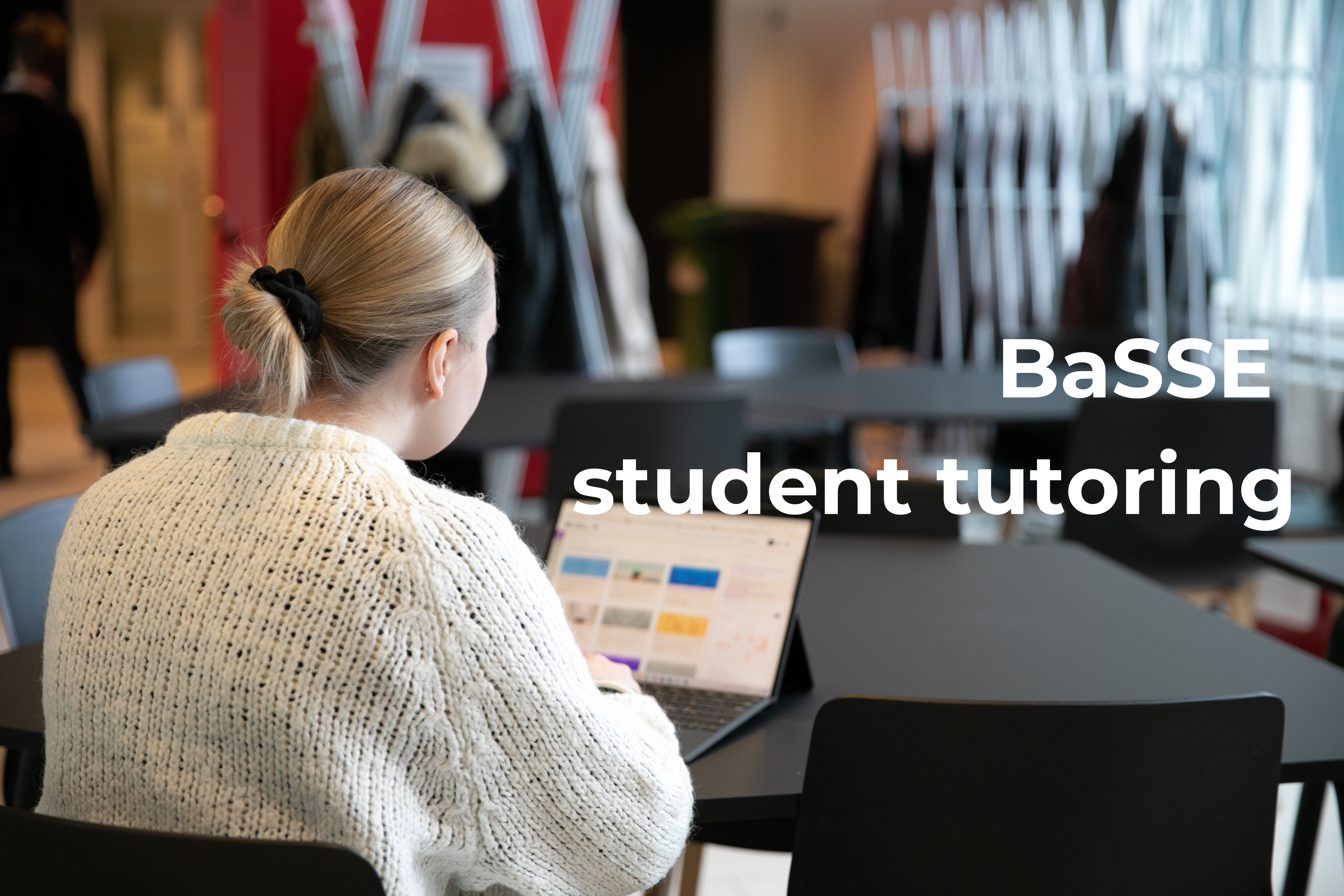
- Teacher
Salmento Heidi
One of three UNIPS modules offers for university teachers and doctoral students to improve pedagogical skills and knowledge.
- Teacher
Nguyen Trang
A small course for one credit, about pedagogy for university teachers.
- Teacher
Nguyen Trang
- Teacher
Saloranta Hanna
- Teacher
Bertram Raymond
Lukion biologian kertauskurssi
- Teacher
Tringham Maaria
The course gives the student an introduction to innovation and entrepreneurship in the context of sustainable cities. The course relies on opportunity recognition, a theory based on entrepreneurship, giving an understanding of the process of identifying, exploring, and developing an entrepreneurial opportunity. Another well-known entrepreneurial approach, effectuation, is introduced to further familiarise the student with opportunity identification, decision-making in uncertain situations and new venture creation.
The course links to the United Nation’s Sustainable Development Goals (SDG 11 particularly), and gives the student understanding on how innovation and entrepreneurship can be utilised in solving sustainability challenges related to cities and communities.
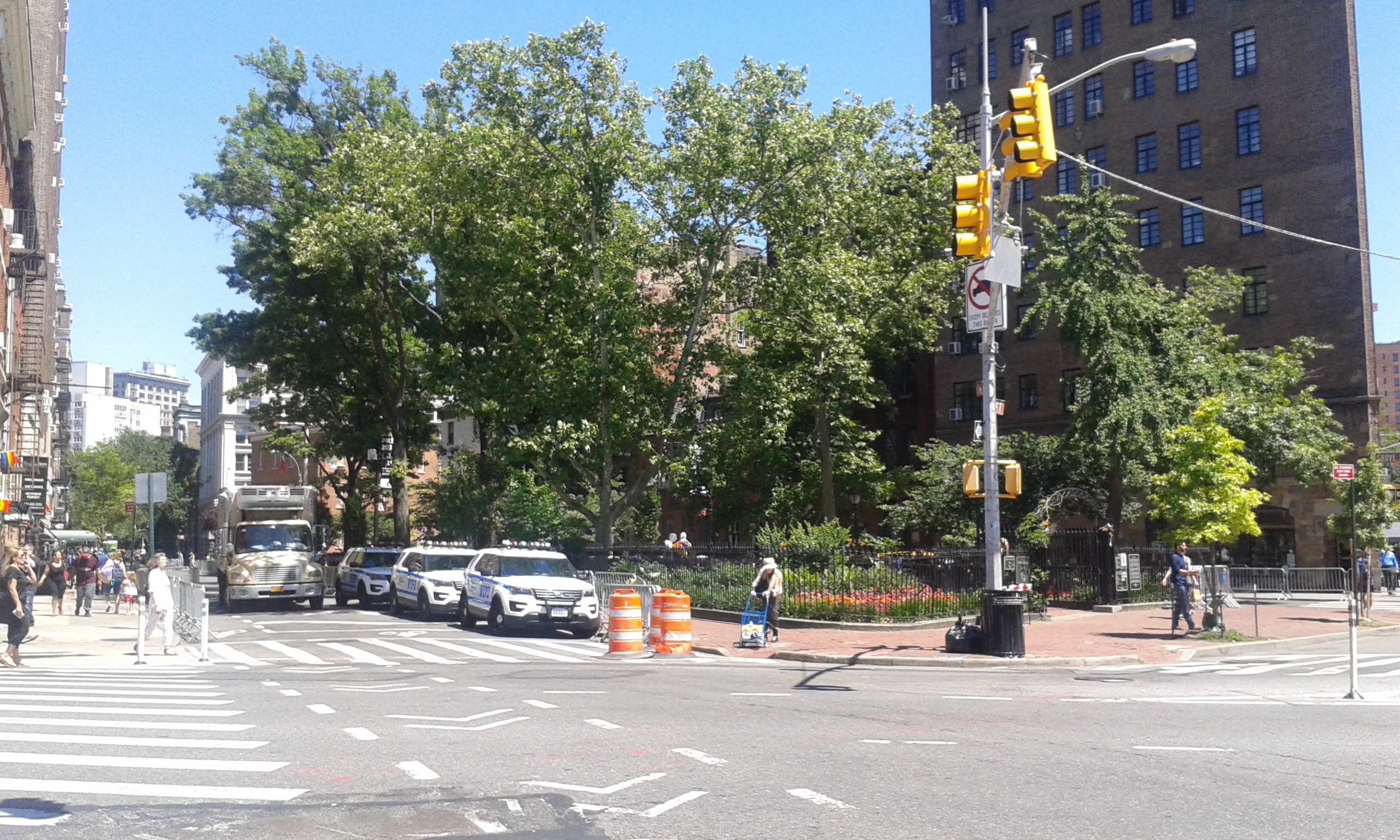
- Teacher
Aaltonen Satu
- Teacher
Lantta Tella
- Teacher
Kauppinen Essi
This course is a 5 credits course belonging to the basic studies (perusopinnot) of speech-language pathology (SLP) students of the University of Turku, but is also offered to students of the open university, and other Finnish universities as well as to exchange students.
Upon the completion of this course, students will understand:
- the principles of bilingual development at different stages of the life cycle
- the social implications of bilingual development
- cognitive activity (processing, memory, attention) in bilingual communication
- the principles and challenges in assessment and rehabilitation of language disorders in bilinguals
- Teacher
Bertram Raymond
The students are introduced to planning and performing a research project in the field of biomedical imaging as well as to critical, scientific thinking. Students will learn to plan and report the planning strategies of their research project, execute the experimental part/data collection, and orally present their research work.
The Master's thesis project will be conducted under supervision in a research group. Before starting the practical part, a student must submit a thesis information form and a thesis plan and present the plan in Thesis plan seminar. Responsible professor of the programme need to approve the thesis plan before the practical part can begin. The subject of the project need to be first discussed with the responsible professor. The project duration is approximately five months of intensive work with the practical part of the project. The results of the thesis project will be presented in the Master's thesis seminar New Discoveries.
Students are responsible for finding their own thesis projects.
The credits are part of the master's thesis for students in biomedical imaging and are given for the thesis plan, the thesis plan seminar, the thesis seminar and the practical laboratory work/data generation for the thesis.
The written thesis consists of the relevant review of literature, aims of the study, materials and methods, results and conclusions. Thesis will be accepted by the responsible professor of the programme and evaluated by two examiners.
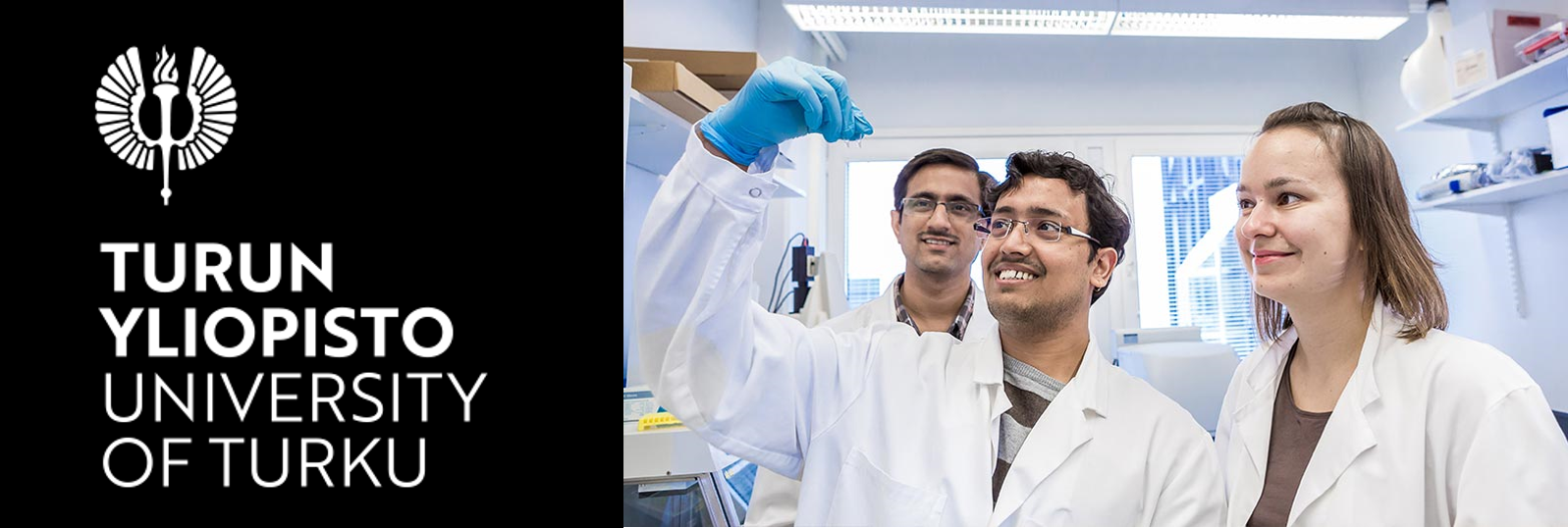
- Teacher
Tcarenkova Elena
After the course, the student will:
• Be familiar with the physical and technical principles of electron microscopes.
• Have knowledge on the basic methods used for sample preparation in biomedical electron microscopy.
• Know how molecules can be localized in biological samples using antibodies and other probes.
• Know how electron microscopes can be used to acquire three-dimensional images of biological samples.
• Know the basics on how electron microscopy can be applied in structural biology, element analysis, and characterization of materials.
• Have experience in using electron microscopes and in image interpretation.
• Know examples on how electron microscopy has been applied in biomedical research.
- Teacher
Peurla Markus
After the course, the student will:
• Be familiar with the physical and technical principles of electron microscopes.
• Have knowledge on the basic methods used for sample preparation in biomedical electron microscopy.
• Know how molecules can be localized in biological samples using antibodies and other probes.
• Know how electron microscopes can be used to acquire three-dimensional images of biological samples.
• Know the basics on how electron microscopy can be applied in structural biology, element analysis, and characterization of materials.
• Have experience in using electron microscopes and in image interpretation.
• Know examples on how electron microscopy has been applied in biomedical research.
- Teacher
Peurla Markus
Objectives
The course will introduce students to the different seminar series held on the campus. After each seminar lecture the student will write a summary/abstract in the learning journal, focusing on the main message of the presentation. Upon completion of the course, the student is able to:
- Understand scientific presentation and communication in comprehensive way.
- Extract key scientific messages from the presentations and produce condensed summaries.
- Recall information and utilize note-taking during the presentation

- Teacher
Vienola Kari
- Teacher
Kronström Raili
Bioimage Informatics is a field of science that deals with the processing, analysis, visualization, handling and annotation of bioimages, using specialized software tools. An important aim in the field is to extract quantitative information from digital biomedical images. Starting from the fundamental concepts of digital images in biomedical sciences, students are introduced to various image processing and analysis techniques and tools. Along with lectures, demonstrations will be arranged to provide hands on training in image processing and in-depth and intuitive understanding of modern bioimage informatics approaches and applications. Further studies around the topic can be continued on course BioImage Informatics 2.
After the course, the student will be able to identify common phases in bioimage analysis, select proper methods and approaches for basic analysis tasks, explain the benefits of the use of bioimage informatics for quantification of biomedical images, and compare the differences of manual and computer based analysis of images.
- Teacher
Ruusuvuori Pekka
By choosing a project topic of their choice, the students will familiarize themselves with a research field related to the biomedical field, ranging from medical imaging used by the University Hospital to image analysis on human-derived image data done by various research groups within the university. The goal is to apply their knowledge and gain deeper understanding into the use of these techniques, whether it is medical imaging or ex vivo image analysis, and how they can improve future patient diagnostics. On the completion of the course, the student will be able to:
- Explain and understand in detail the techniques used in the project (whether it is image analysis or image acquisition).
- Identify key elements for a standard project workflow.
- Design/Execute a project in a company or university setting.
- Teacher
Vienola Kari
- Teacher
Vienola Kari
Pakollinen englanninkielinen kurssi lääketieteellisen tiedekunnan Terveyden biotieteiden ja Biokuvantamisen KV-maisteriohjelmissa opiskeleville. Vastuuopettaja Veikko Launis
- Teacher
Launis Veikko
Lukion biologian kertauskurssi Turun normaalikoulussa syksyllä 2014
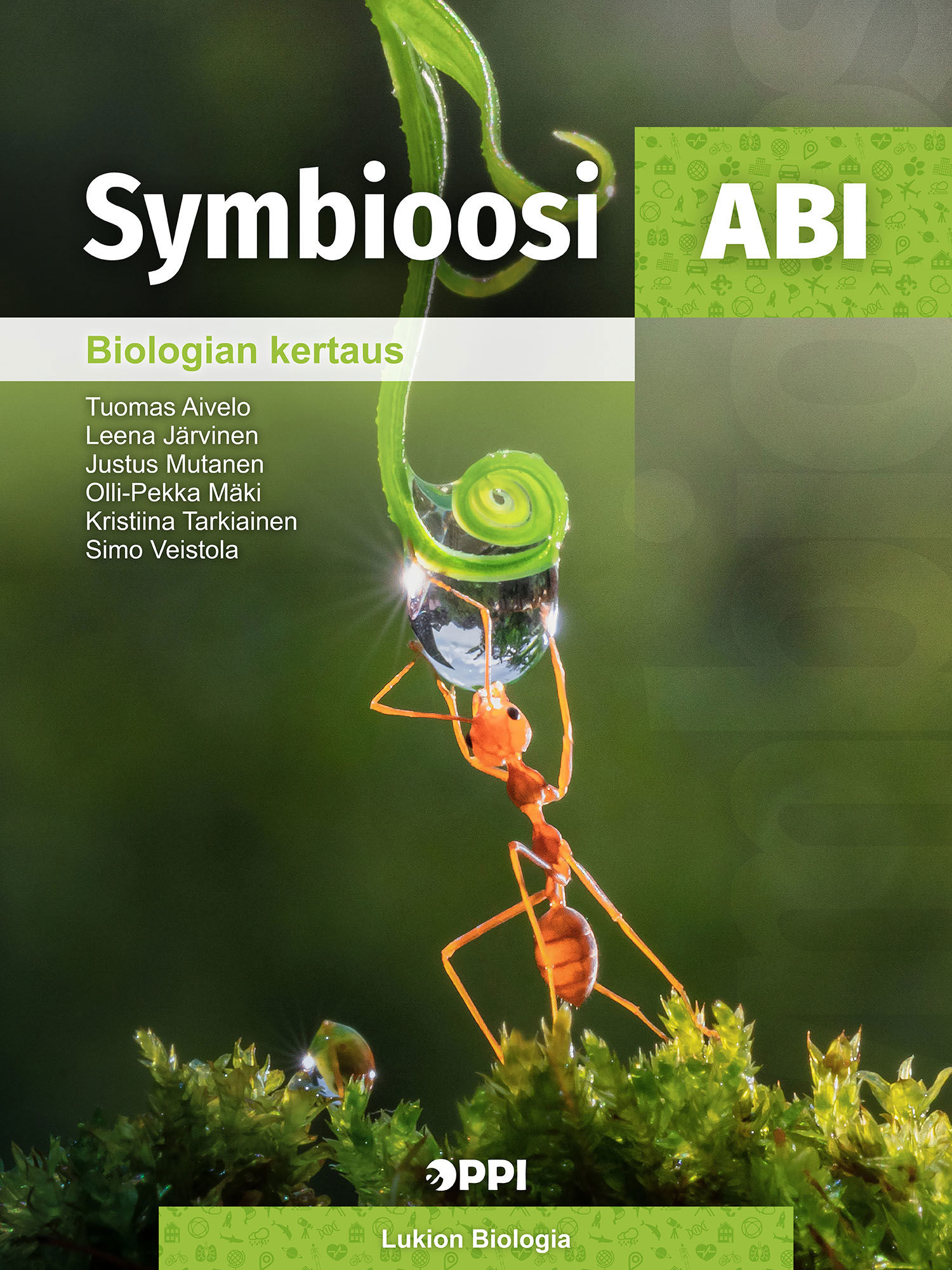
- Teacher
Heikinheimo Pirkko
- Teacher
Vainio Minna
Tavoitteet
Luento-opintojakson suoritettuaan opiskelija osaa selittää eläinten rakenteen ja toiminnan perusperiaatteet solutasolta elinjärjestelmiin ja niiden yhteistoimintaan saakka sekä vertailla eri eläinten toiminnallisia mekanismeja toisiinsa käyttäen alan peruskäsitteitä. Opintojakson tavoitteena on myös harjaannuttaa opiskelijaa esseetyyppisen tenttivastauksen laadintaan ja englanninkielisen kirjallisuuden käyttöön tiedonhankinnassa.
Harjoitustyöt suoritettuaan opiskelija tuntee laboratoriotutkimuksen perustyöskentelytavat ja -menetelmät sekä biologisen tutkimustyön eri vaiheet ja pystyy tunnistamaan ja nimeämään eläinten anatomisia ja histologisia perusrakenteita annetuista makroskooppisista ja histologisista eläimistä / näytteistä ja kykenee soveltamaan tietoaan eläinten toiminnoista havaitsemiinsa rakenteisiin.
Saavutettuaan perusvalmiudet kokeellisesta biologiasta, opiskelija osaa tehdä havaintoja biologisesta materiaalista ja pystyy selittämään havaintojaan biologisen teoriatiedon avulla.

- Teacher
Kuparinen Taru
- Teacher
Eeva Tapio
Tavoitteet
Opiskelija tietää, mitä genetiikka tieteenalana tutkii ja hänellä on aineopintoja varten tarvittava ymmärrys genetiikan keskeisimmistä peruskäsitteistä ja termeistä molekyyleistä laajempiin kokonaisuuksiin asti. Kurssin harjoitustyöosion suoritettuaan opiskelija tuntee genetiikan laboratoriotutkimuksen perustyöskentelytavat ja -menetelmät sekä tutkimustyön eri vaiheet. Opiskelija osaa tulkita harjoitustöiden tuloksia biologisen teoriatiedon avulla.
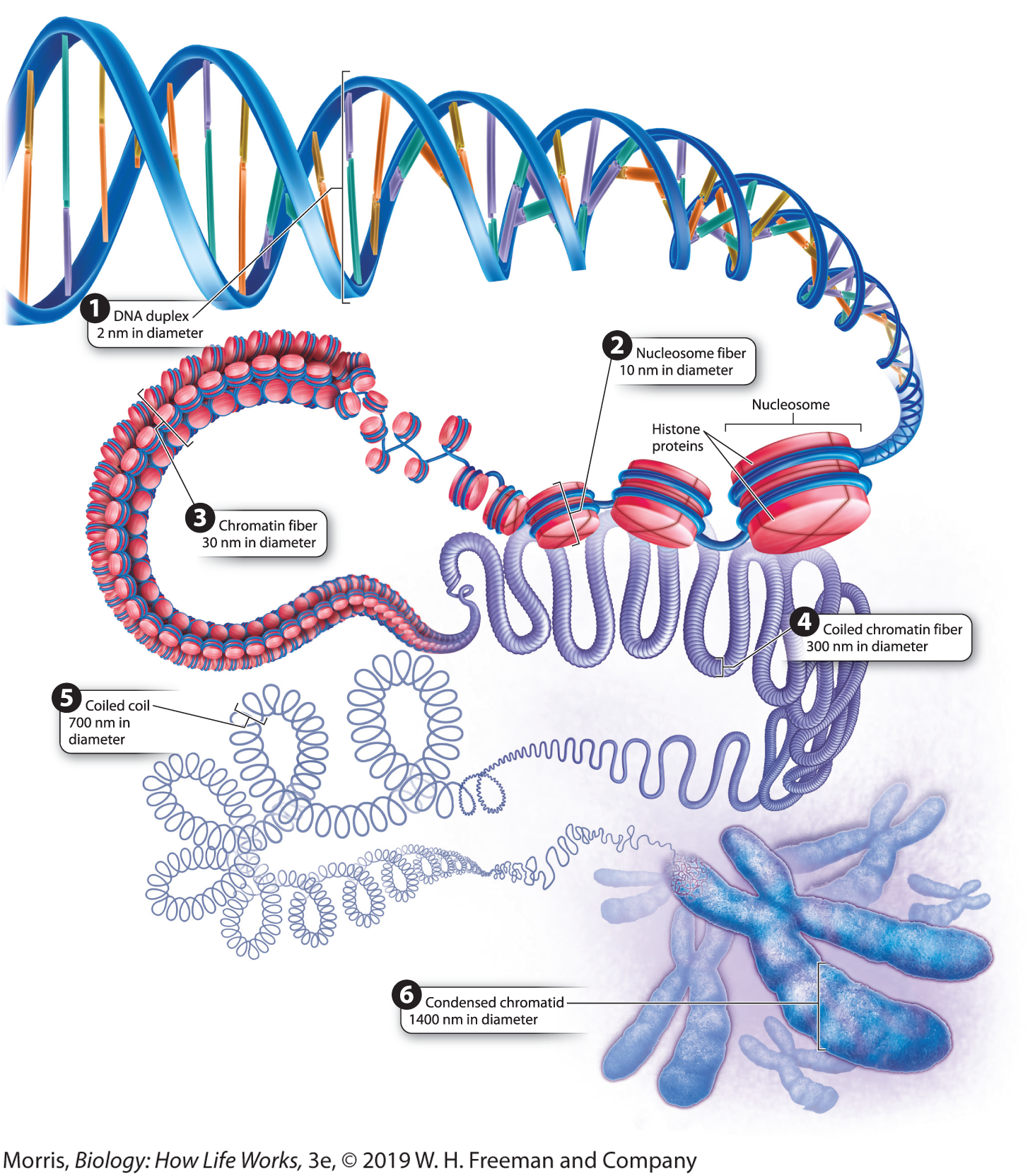
- Teacher
Vesterinen Eero
Opiskelija tietää, mitä genetiikka tieteenalana tutkii ja hänellä on aineopintoja varten tarvittava ymmärrys genetiikan keskeisimmistä peruskäsitteistä ja termeistä molekyyleistä laajempiin kokonaisuuksiin asti. Kurssin harjoitustyöosion suoritettuaan opiskelija tuntee genetiikan laboratoriotutkimuksen perustyöskentelytavat ja -menetelmät sekä tutkimustyön eri vaiheet. Opiskelija osaa tulkita harjoitustöiden tuloksia biologisen teoriatiedon avulla.

- Teacher
Nissinen Riitta
Opintojakson jälkeen opiskelija hallitsee turvallisen työskentelyn laboratoriossa. Hän osaa laskea liuoslaskuja ja hävittää syntyneet jätteet asianmukaisesti. Opiskelija hallitsee laboratorion perustermit ja perustyömenetelmät (punnitseminen, pipetointi, pH:n mittaus, vetokaapin käyttö). Hän osaa Excelin käytön perusteet.
- Teacher
Nissinen Riitta
Opintojakson jälkeen opiskelija hallitsee turvallisen työskentelyn laboratoriossa. Hän osaa laskea liuoslaskuja ja hävittää syntyneet jätteet asianmukaisesti. Opiskelija hallitsee laboratorion perustermit ja perustyömenetelmät (punnitseminen, pipetointi, pH:n mittaus, vetokaapin käyttö). Hän osaa Excelin käytön perusteet.
- Teacher
Nissinen Riitta
Tavoitteet
Harjoituskurssin suoritettuaan opiskelija tuntee genetiikan laboratoriotutkimuksen perustyöskentelytavat ja -menetelmät sekä tutkimustyön eri vaiheet. Opiskelija osaa tulkita harjoitustöiden tuloksia biologisen teoriatiedon avulla.
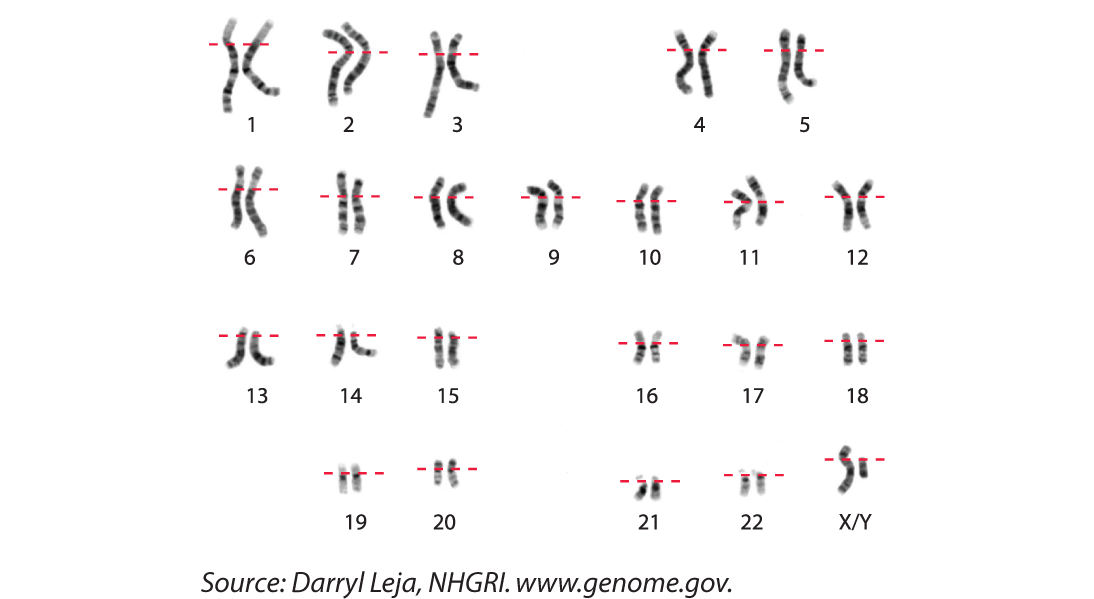
- Teacher
Vesterinen Eero
- Teacher
Vehniäinen Eeva-Riikka
- Teacher
Ruohomäki Kai
- Teacher
Vainio Minna
Opintojakson suoritettuaan opiskelijalla on käsitys eliökunnan monimuotoisuuden kehittymisestä, ympäristön vaikutuksesta eliöiden evoluutioon ja eliöryhmien monimuotoistumiseen sekä sen kehityshistorian tutkimisen ja luokittelun menetelmistä. Hän hahmottaa eliökunnan sukupuun päähaarat ja niiden väliset sukulaisuussuhteet. Hän myös tuntee tärkeimpien kehityslinjojen evoluutiotaustaa ja joitakin erityispiirteitä, sekä esimerkkejä eri kehityslinjoihin kuuluvista eliöistä ja niiden ekologisesta merkityksestä.
- Teacher
Huttunen Sanna
Opintojakson suoritettuaan opiskelija ymmärtää evoluution roolin biologiaa yhdistävänä paradigmana ja osaa soveltaa evolutiivista ajattelutapaa biologian eri alueilla. Opiskelija pystyy selittämään, miten evoluutiovoimat vaikuttavat geneettiseen monimuotoisuuteen, muovaavat genotyyppejä ja fenotyyppejä sekä vaikuttavat lajeihin ja niiden välisiin vuorovaikutuksiin. Opiskelija osaa analysoida evoluutiovoimien merkitystä sopeutumisessa abioottiseen ja bioottiseen ympäristöön, populaatioiden erilaistumisessa, sekä uusien lajien synnyssä.
- Teacher
Onkamo Päivi
